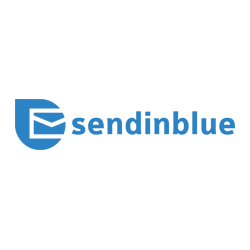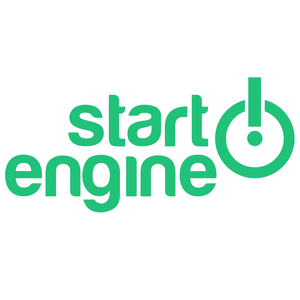How I Started A $40K/Month AI-Powered Recruiting App
Hello! Who are you and what business did you start?
My name is Abby and I am the founder of SkillSoniq. SkillSoniq is the world’s first AI-Powered recruiting app that connects companies with skilled, domestic freelancers and gives companies the option to hire a freelancer (s) on their payroll.
Our vision is to make hiring as simple as speaking into Voice-Enabled Devices like Apple Watch, Amazon Echo, or Google Home.
We are currently operational in 5 cities across the US and Canada and will soon open up our platform to all cities across the US and Canada.

SkillSoniq is transforming the way recruiting is done by eliminating interviews, and allowing companies to work with talent on a freelance basis before converting the best ones to their payroll. This way, companies can sign up only the best workers on their payroll, thereby reducing 60%+ in hiring costs.
We...

Download the report and join our email newsletter packed with business ideas and money-making opportunities, backed by real-life case studies.

Download the report and join our email newsletter packed with business ideas and money-making opportunities, backed by real-life case studies.

Download the report and join our email newsletter packed with business ideas and money-making opportunities, backed by real-life case studies.

Download the report and join our email newsletter packed with business ideas and money-making opportunities, backed by real-life case studies.

Download the report and join our email newsletter packed with business ideas and money-making opportunities, backed by real-life case studies.

Download the report and join our email newsletter packed with business ideas and money-making opportunities, backed by real-life case studies.

Download the report and join our email newsletter packed with business ideas and money-making opportunities, backed by real-life case studies.

Download the report and join our email newsletter packed with business ideas and money-making opportunities, backed by real-life case studies.
























